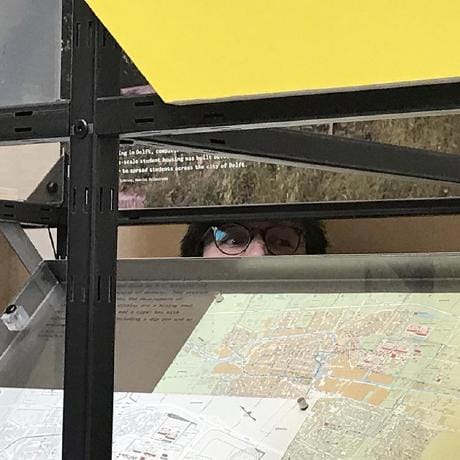IIIF Presentation API for the digital collections of the Rijksmuseum.
This val accepts requests in the form of:
https://sammeltassen-rijks.web.val.run/[identifier]
You can locate the identifier under "Persistent URL" at the bottom of an object page on the Rijksmuseum website, e.g.:
- Persistent URL:
https://id.rijksmuseum.nl/200738982 - Request:
https://sammeltassen-rijks.web.val.run/200738982
The val first requests a machine readable representation of the object's metadata. For more information, please refer to the Rijksmuseum Data Services. The edm profile contains a pointer to the IIIF Image API Enpoint hosted at Micrio. For debugging you can request the raw edm response (converted to json) as follows:
- EDM response:
https://sammeltassen-rijks.web.val.run/200738982?format=edm
The val checks if the objects has additional parts, and fetches the information for those parts as well. This will slow down the val for large objects!
It then passes this on to IIIF Builder with some metadata to create a IIIF Presentation Manifest.
Some objects with many parts for testing:
- Kaart van Delfland
- Kaart van het Hoogheemraadschap van Delfland (alternative)
- Plattegrond van de Kaart Figuratief van Delft
- Kaart van het Hoogheemraadschap van Rijnland
- Les Forces de l'Europe, Asie, Afrique et Amerique en Les costes de France et d'Espagne
- Album met de kaart van de stad Rotterdam
NB: Unfortunately, not all objects include pointers to the IIIF image. This is for example the case for the The Night Watch (id: 200107928). In such cases, a manifest is returned without canvasses.
Todo:
- Add more metadata to manifest
- Cache responses?
